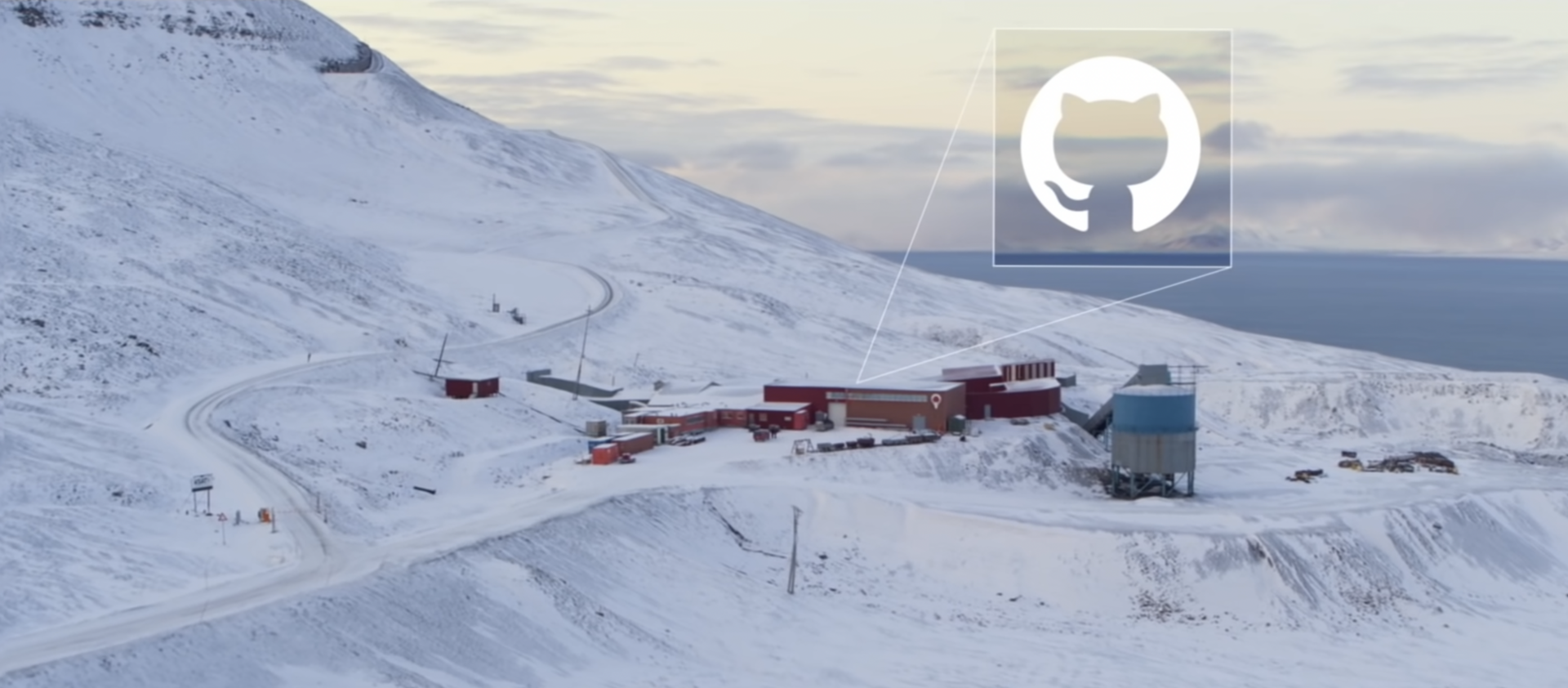Picture: Screenshot from "GitHub Arctic Code Vault"
Arctic Code Vault
XDEV code stored in eternal ice
The Svalbard Global Seed Vault on the Norwegian archipelago of Spitzbergen stores seed samples from all over the world. This safe is designed to ensure that the seeds of important crop and food plants are not lost.
Not far away, but not yet as well known to the public as the seed bank, is another vault called Arctic Code Vault.
Here, Github, the world's largest platform for software developers, has bought a former coal mine in the permafrost and converted it into an archive for storing open source code.


The goal of the program is to preserve code for future generations in the Arctic ice - protected from hacker attacks, wars or environmental disasters. Like a time capsule, the Arctic Code Vault is intended to serve as a storehouse of knowledge and prevent the loss of priceless knowledge in the event of the collapse of our civilization.
For this purpose, GitHub created a snapshot of all public repositories on 2020-02-02 that were actively used in the community. The source code comes from more than 100 million repositories and comprises around 21 TBytes of data, which was finally stored on 186 special microfilm rolls. On July 8, 2020, the film reels were stored in Spitzbergen and are expected to last at least 1,000 years.
Code from XDEV was also saved for posterity in the Arctic Code Vault.
We are very proud of this – and yes, sometimes we get a bit nervous when we think about the fact that all potential bugs have been "frozen" with it.

